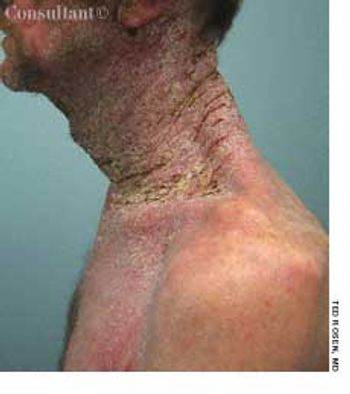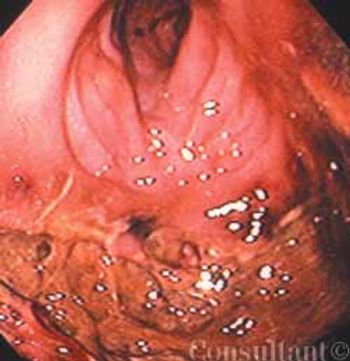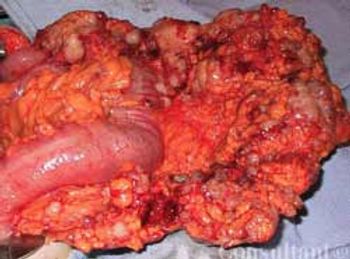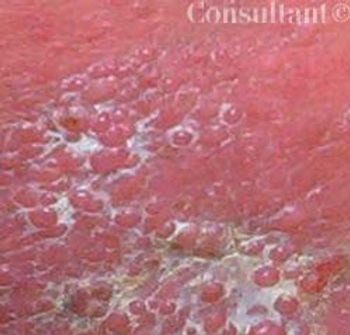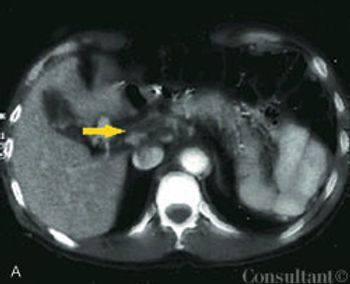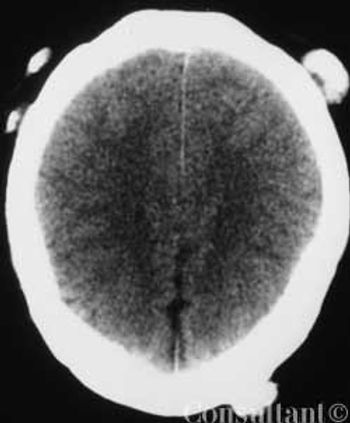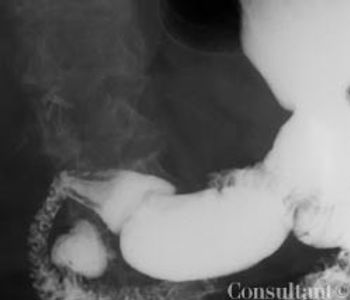
A 34-year-old white woman presentswith a 4-month history of diarrhea,with bulky, foul-smelling stools; flatulence;diffuse abdominal discomfort;and episodic nausea and vomiting. Shehas lost 13.5 kg (30 lb) during this period.The patient has had no fever, andher medical, family, and travel historyare unremarkable.














































































































































































































































































